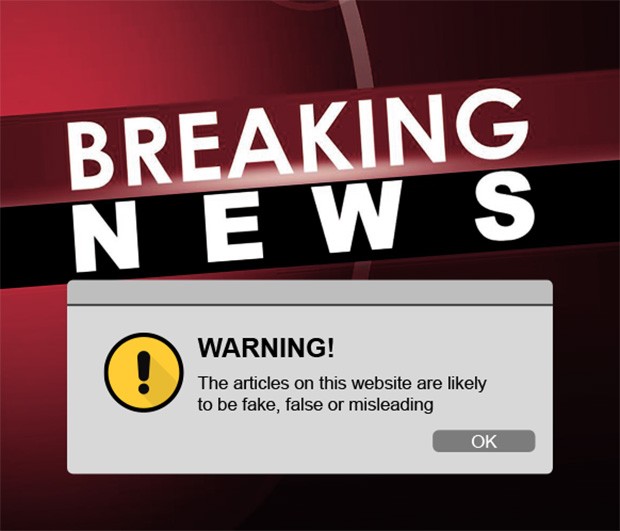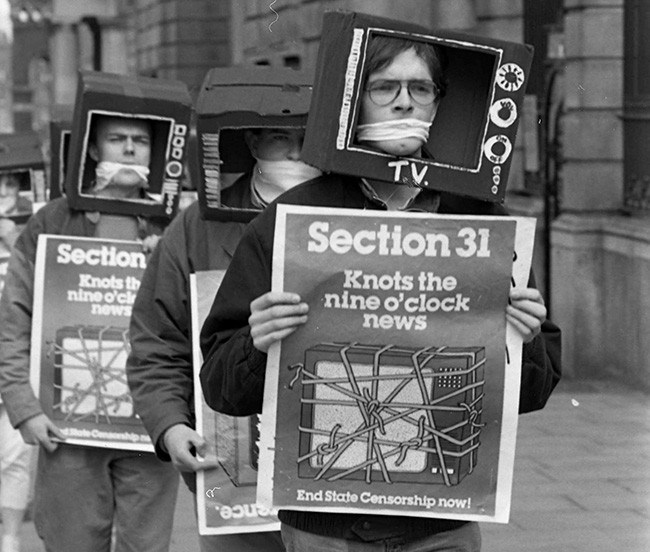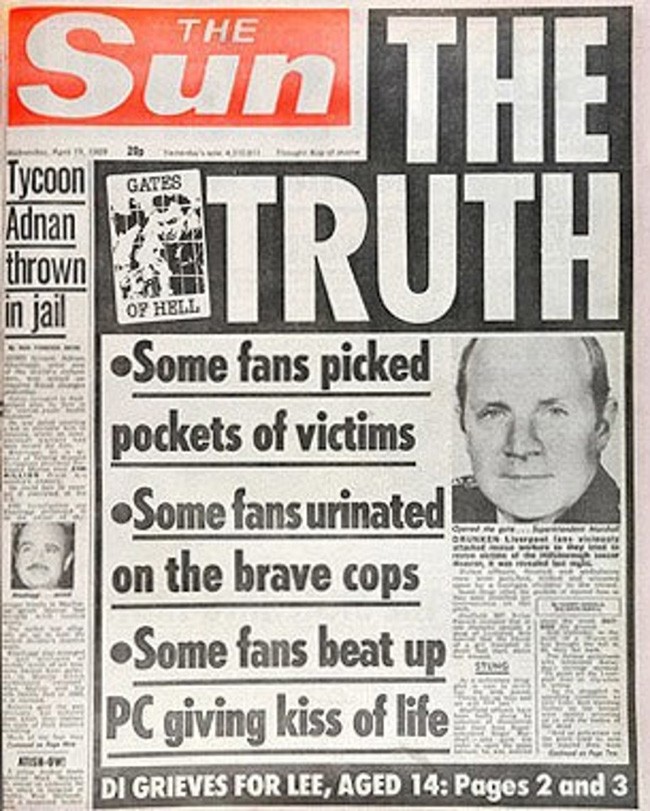16 January 2017 Edition
‘Fake news’ clampdown
Seeking truth or reasserting Establishment media as gatekeepers?

‘For all the criticism of online misinformation, it is worth remembering that the free flow of information is one of the great achievements of our age’
THE PROLIFERATION of “fake news” could be coming to an end now that social media giant Facebook has unveiled its plan to tackle a problem which many commentators are blaming for having a large part in Donald Trump winning the election to become President, the most powerful (and dangerous?) man in the West.
Closer to home, in Europe, the German Government says it is considering measures – including serious financial penalties – to censure social media sites which allow fake news to remain after receiving takedown requests.
There is still a major sticking point: What is the universally-accepted definition of “fake news”?
Many fake news websites are easy to spot: sensationalist clickbait headlines and purely fictional reports are used to generate advertising revenue by making their “stories” go viral across social networks.
The most notorious example came during the US Presidential election. A group of teenagers from the largely-unknown small Macedonian city of Veles (population 44,000) are said to have raked in thousands of euro via Google’s AdSense online advertising and monetisation tool by posting fake news stories catering to Trump supporters. Headlines included “Pope Francis forbids Catholics from voting for Hillary!” on sites masquerading as American news websites.

• Trump's triumph – aided and abetted by social media 'fake news'
What worries some people is that this latest attempt to clamp down on fake news is actually a form of censorship aimed at restricting the ability of users to access information and to ensure the mainstream media retains its position at the top of a drastically altered media food chain.
The treatment of partisan media outlets such as Russia’s RT or South America’s TeleSUR should be monitored closely and compared with that of US-based partisan outlets such as Fox News.
RT and TeleSUR have come in for criticism from the Western mainstream media (even the British press!) for what they claim is bias and propaganda in their reporting. In their defence, these channels say they simply give a voice to the views of audiences largely absent or ignored in Western reporting.
When Barack Obama reminisced about ‘the good old days’ when three TV channels delivered news that most people trusted (“We are going to have to rebuild within this wild, wild west of information flow some sort of curating function that people agree to”), Facebook’s Adam Mosseri announced that the social media network has “started a programme to work with third-party fact-checking organisations” and that false news will be flagged as such.”
And this is where the problems begin.

• Section 31 censorship – RTÉ openly acted as gatekeepers for Government
Such moves will worry citizens here in Ireland who remember a time when “curators” here decided that nationalist opinions on the conflict in the North were too dangerous for the general public to hear and decided that Sinn Féin and other voices and views should be banned from the airwaves. The British Army, RUC/UDR, SAS and MI5/MI6 – protagonists in the conflict – however, suffered no such restrictions and their viewpoints reported as fact, not even possibly fake.
New York Post columnist Karol Markowicz argues that the war on fake news is in fact about censoring real news:
“The more ‘curated’ the media becomes, the less likely we are to hear opposing viewpoints and to have ours challenged. That’s a bug, not a feature.”
Instead of moving to restrict free speech and clamp-down on yellow journalism, the real solution to tackling fake news is for newspapers and media outlets to get back to the basics and cease giving airtime to “unverified reports” (rumours) and celebrity Twitter spats.
Dr Eileen Culloty of Dublin City University’s Institute for Future Media and Journalism maintains that fake news is only part of a much bigger problem. Identifying a range of issues from confirmation bias to media literacy, Dr Culloty says the credibility of traditional news media has played its part in allowing fake news to flourish through the use of sensationalist headlines to drive sales and influence elections:
“The public in general is accustomed to dubious reporting – whether as a result of phone hacking scandals in Britain, the publication of PR and spin as news, or blatant bias on key issues.
“Of course, not all journalists are guilty but each scandal damages the reputation of the whole profession. This is a problem because building public trust in legitimate news sources is a significant corrective for online fake news.
“For all the criticism of online misinformation, it is worth remembering that the free flow of information is one of the great achievements of our age. The downside is that a much greater burden is placed on people’s capacity to assess the credibility of the information they come across. Balancing information freedom and the credibility burden is the big challenge for society.”

• Fake news' is not new – The Sun's lies about the Hillsborough Disaster in 1989




